Balanced literacy. What does it mean?
If you do a quick Google search, you’ll find many different definitions that may end up confusing you more than comforting you. But there are common threads in any explanation of the practice.
No matter how you define it, balanced literacy always involves the integration of real books within multiple threads of reading, writing and inquiry. And in most any balanced literacy classroom, you’ll find student-centered learning—with teacher support to develop the literacy growth of each individual student.
What is Balanced Literacy?
In a balanced literacy environment, students are seen doing different things. As a teacher or administrator not used to this approach, it can seem overwhelming when you are wanting to take the leap. So why should we go outside our comfort zone and try something new, something that appears to be chaotic and maybe more work than it might be worth?
It isn’t. It isn’t chaotic and it isn’t more work. And the research to support it isn’t new.
The Benefits of a Balanced Literacy Approach
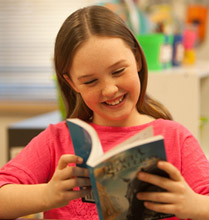 Let’s look at the why. Balanced literacy is founded on accountable independent reading and student choice. Researchers have stated for years that students must have ample time every day to read and talk about authentic literature that they choose (Allington, 1983; Anderson, 1984; Atwell, 1987; Hansen, 1987).
Let’s look at the why. Balanced literacy is founded on accountable independent reading and student choice. Researchers have stated for years that students must have ample time every day to read and talk about authentic literature that they choose (Allington, 1983; Anderson, 1984; Atwell, 1987; Hansen, 1987).
Allington (2002) goes as far as saying that “extensive reading is critical to the development of reading proficiency.”
We can’t guarantee reading will occur at home, therefore we must provide time for reading in schools. Taylor (1990) writes that “time spent reading in the classroom contributes significantly to growth in reading achievement.” And yet with many basal reading programs, students spend only 7-8 minutes a day reading in class (Anderson, 1985)!
A well-structured accountable reading program is the primary foundation for a successful balanced literacy program.
What’s first?
Books.
Balanced Literacy Begins with Books
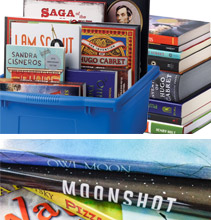 A curated classroom library is the heart of a literacy-based classroom. In fact, research shows that simply the mere access to print materials improves reading performances (Lindsay, 2010). A classroom library is the students’ library. It needs to have books of all levels, all genres and all subjects. Picture books, novels, informational text, graphic novels, mysteries, mature content-low readability, difficult books appropriate for young readers—the whole package.
A curated classroom library is the heart of a literacy-based classroom. In fact, research shows that simply the mere access to print materials improves reading performances (Lindsay, 2010). A classroom library is the students’ library. It needs to have books of all levels, all genres and all subjects. Picture books, novels, informational text, graphic novels, mysteries, mature content-low readability, difficult books appropriate for young readers—the whole package.
Students should see themselves in the books—their gender, their social class, their ethnicity—as well as be introduced to peers around the world. A well-designed classroom library offers individualized instruction for every student!
Creating a culture of engaged readers doesn’t happen by chance. Once students are surrounded by a wide and varied selection of authentic literature in the classroom, teachers must make some very deliberate choices. We must commit to independent reading every day. Without fail. No matter what. We must prioritize this and make it golden.
We must also hold back criticism on book choice—especially during the first month of school. Accept their choices, develop trust, form a relationship with the students. Then you can suggest books and help them choose. Listen to them, get to know them and appreciate their interests first. Help them set realistic goals that they can reach and feel success. Volume reading is key to reading growth. The feeling of accomplishment will fuel future successes!
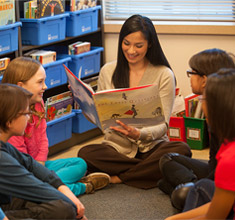 A Balance of Literacy-Based Learning Throughout the Day
A Balance of Literacy-Based Learning Throughout the Day
Once accountable independent reading is in place, teachers can then focus on teaching standards, skills and strategies by introducing other aspects of a balanced literacy classroom.
We can integrate small reading groups like book clubs and guided reading. We can model and extend lessons to the whole class. We can begin our reading workshop and our writing workshop programs. We can integrate literacy into the content areas and work on our media literacy skills.
Bottom line, once our independent reading program is going strong, whether it take two weeks or six, we then have the freedom to implement a balance of literacy-based learning activities throughout the entire day.
Stay tuned for my next post in this balanced literacy series: How Classroom Libraries Support Balanced Literacy. I’ll be talking about the power of access, level and choice to foster engaged reading in every classroom.
Resources
Allington, R. L. (1983). The reading instruction provided readers of differing reading abilities. The Elementary School Journal, 83(5), 548-559.
Allington, R. L. (2002). What I’ve learned about effective reading instruction. Phi Delta Kappan, 83(10), 740-747.
Anderson, R. C. (1985). Becoming a Nation of Readers: The Report of the Commission on Reading.
Anderson, R. C. (1984). Interestingness of children’s reading material. Center for the Study of Reading Technical Report; no. 323.
Atwell, N. (1987). In the middle: Writing, reading, and learning with adolescents. Heinemann Educational Books, 316 Hanover St., Portsmouth, NH 03801.
Hansen, J. (1987). When Writers Read. Heinemann Educational Books Inc., 70 Court St., Portsmouth, NH 03801.
Lindsay, J. (2010). Children’s access to print material and education-related outcomes: Findings from a meta-analytic review. Naperville, IL: Learning Point Associates.


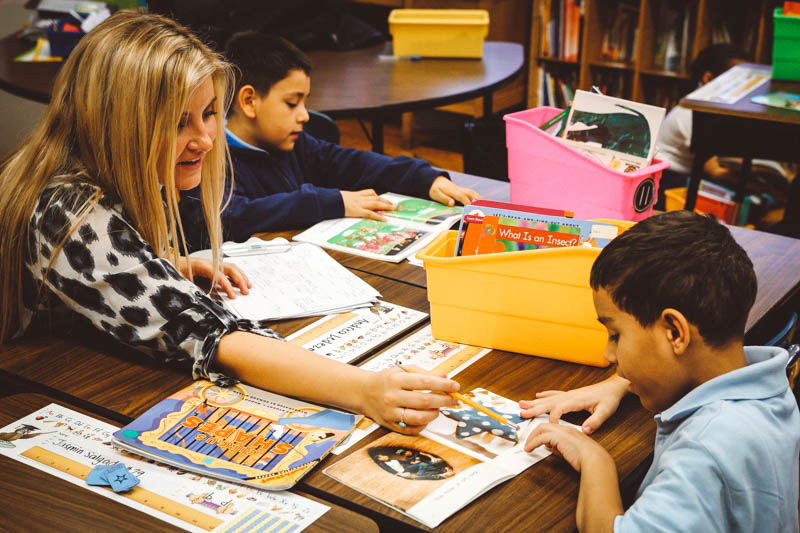
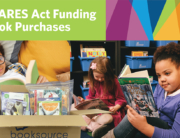
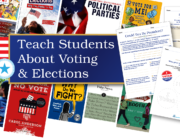
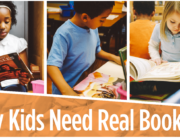
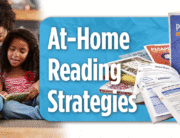
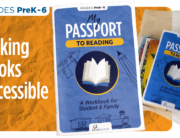
Leave A Comment